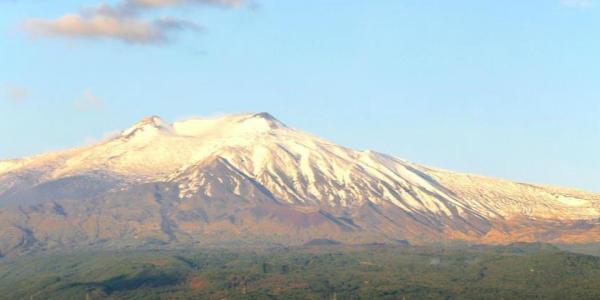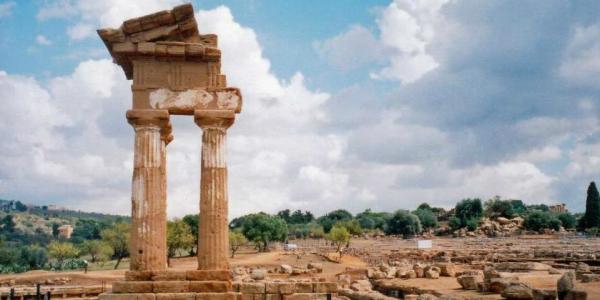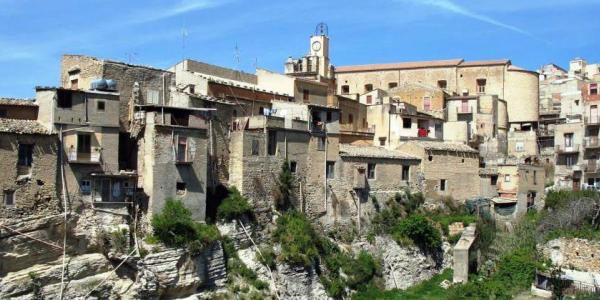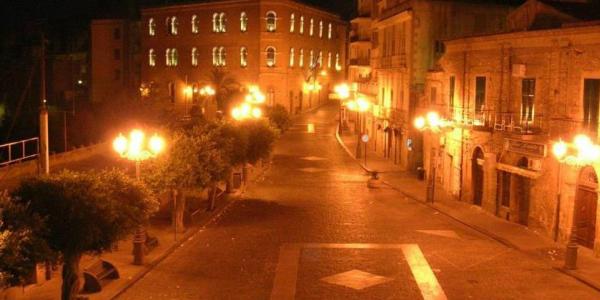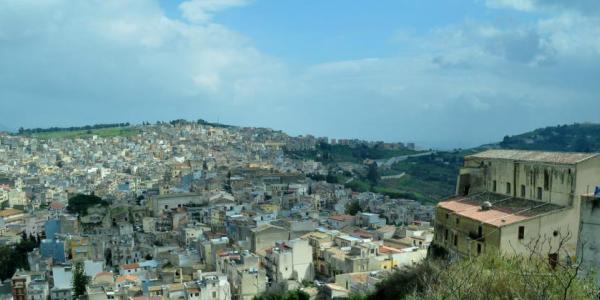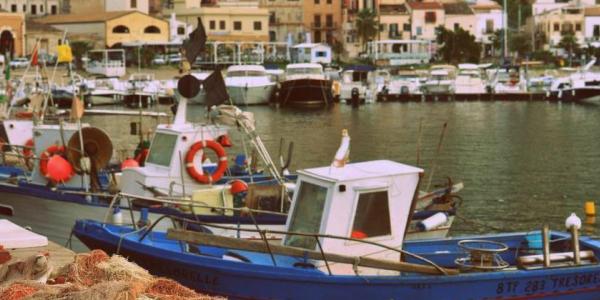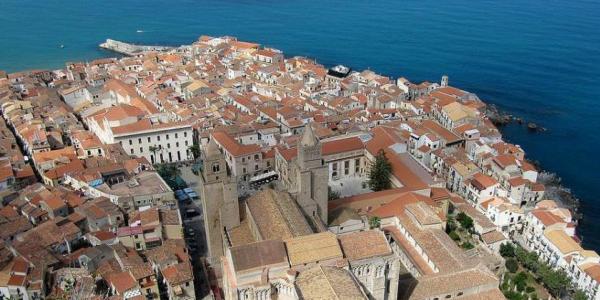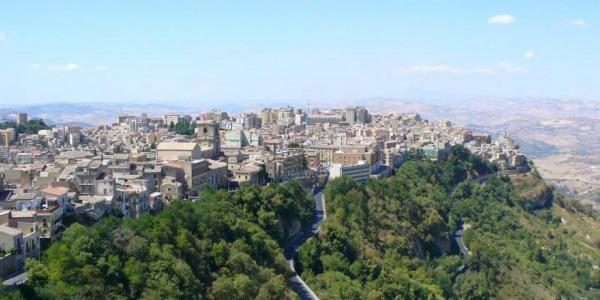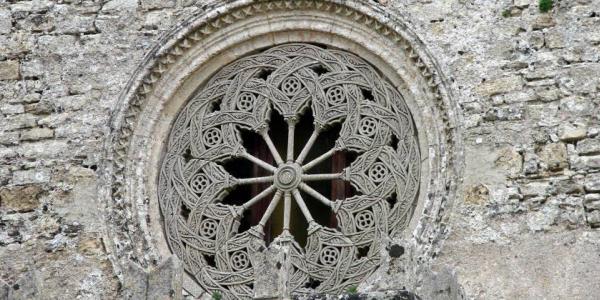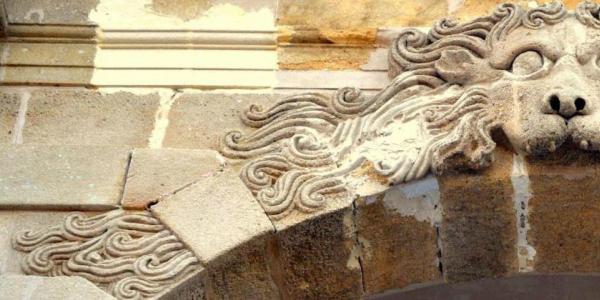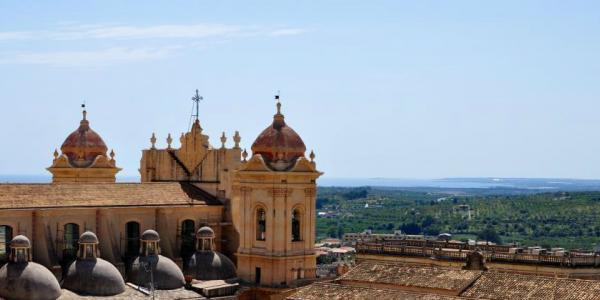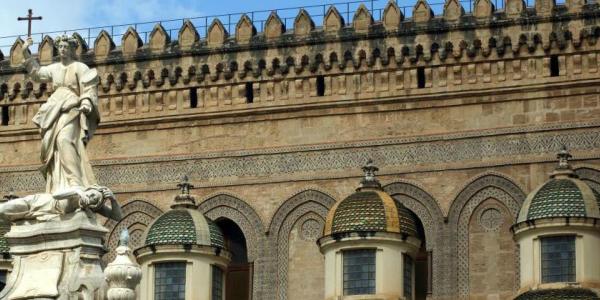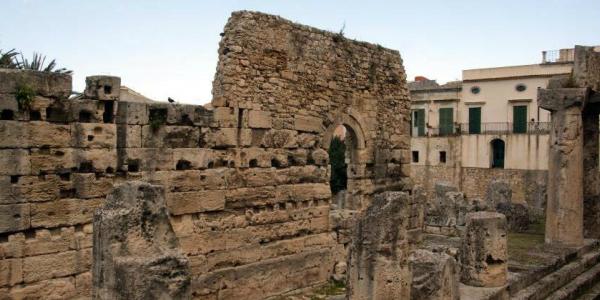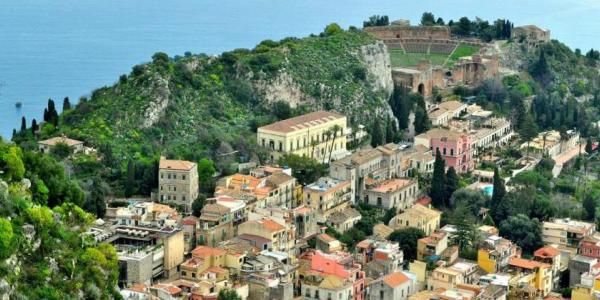The Cathedral
The Cathedral is undoubtedly one of the finest cathedrals in the world, a perfect example of Arab-Norman architecture in Sicily. Latin and Byzantine culture, Arabic and Nordic influences all merge in the basilica. According to the legend, King Roger II was travelling by sea to Sicily when he was trapped in a violent storm. He vowed to build a Cathedral if he landed safely on the beach of Cefalù.
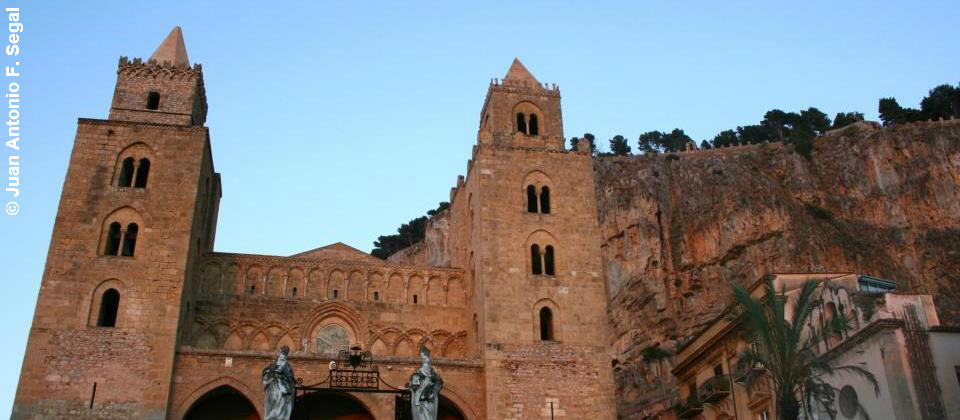
Externally, we can admire the façade with its two typically Norman square bell-towers and an airy portico, decorated by two interweaving tiers of little false loggias which run from one end to the other. In the interior, the central nave has a painted wooden ceiling and is an important example of Islamic art in Sicily. The apse, the ceiling and the adjacent walls are decorated with mosaics which culminate in a magnificent Christ Pantocrator, a perfect example of Byzantine style and craftsmanship.
Down the Via Vittorio Emanuele, a staircase leads to Lavatoio, the medieval washing place, entirely carved into the stone and the sole remnant of Arab domination. The town also contains an important museum, the Museo Mandralisca, which has many important works of art and an archaeological collection.
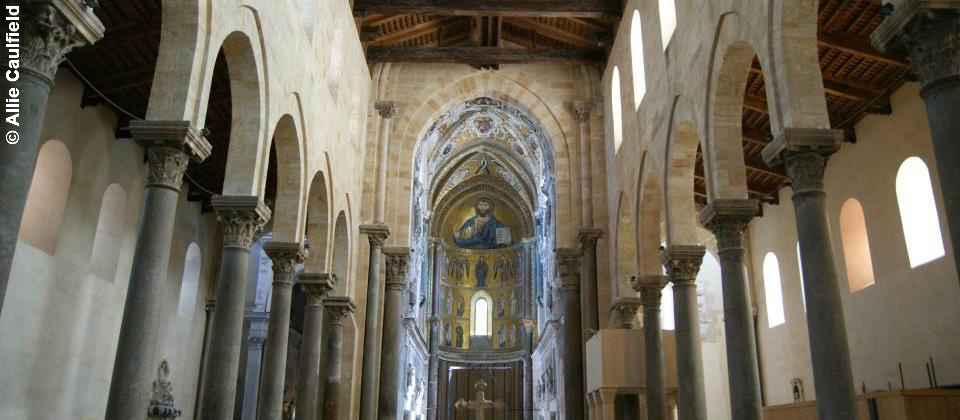
Cefalù is adorned with numerous palaces, churches, monasteries and chapels, some of the most important examples of which are the Chiesa dell’Itria, Santa Maria della Catena, Santo Stefano or the Chiesa del Purgatorio, Chiesa di S.S. Salvatore, Palazzo Arcivescovile, Osterio Magno, the legendary residence of King Roger II and Palazzo Pirajno.



